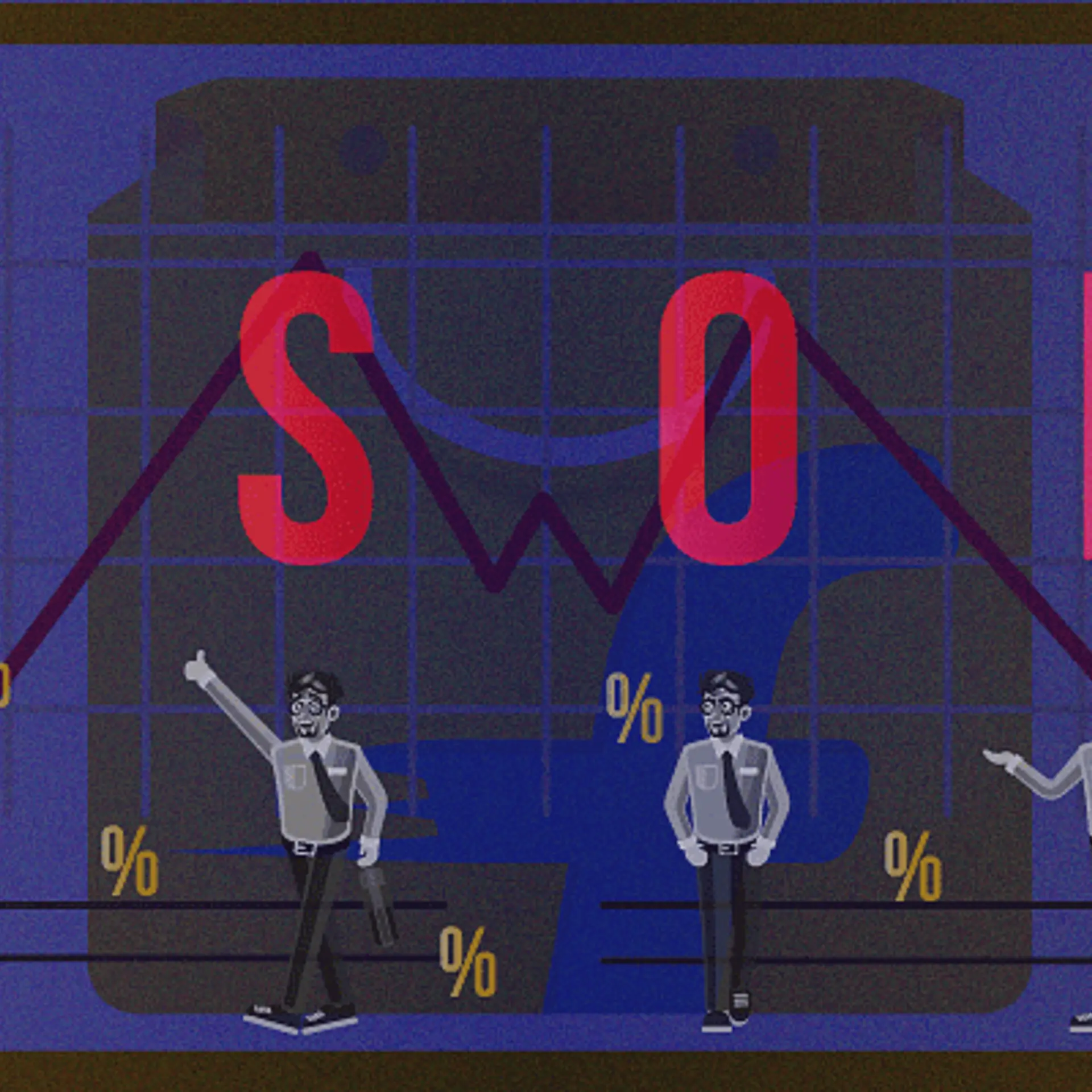Coronavirus: Japanese team designs 3D printable ventilators, keen to share blueprint with India
A technology team from Japan has come forward to provide the blueprint to manufacture ventilator equipment using 3D technology, which is projected to be cost-effective and easy to use.
Coronavirus or Covid-19 has turned into a global pandemic with the virus multiplying exponentially, and this has put immense pressure on healthcare infrastructure.
While hospitals are running out of stock, the supplies are not being made fast enough to keep up with the demand. A common thread here being the shortage of face masks, personal protective equipment for healthcare professionals, and oxygen ventilators or respirators.
Globally, the number of coronavirus infections is close to touching 12 lakh people, and in India it has crossed 4,000, which may result in severe shortages of critical medical equipment and other products.

A pictorial image of the device
Now, medical technologists from Japan have come up with an innovative solution for ventilators, which can be manufactured in local conditions with the help of 3D technology.
This product has a limited function as a ‘Minimum Ventilator’, and is projected to be much more simple to use, and will also be cost-effective.
“The Japanese developer team can provide ‘data and knowledge’ of this product. If we can identify a qualified team that can use 3D printing, people can make it anywhere,” says Naho Shigeta, CEO, Infobridge Holdings.
Japanese tech
The ventilator is the brainchild of Dr Naoyuki Ishikita, Chief Technology Officer of National Hospital Organisation, Niigata Hospital, who has been engaged with developing new types of anaesthetic inhalation-assisting device since 2010.
Dr Tomohiko Kisaka, who works at Hiroshima University Hospital, and is engaged with teams in IIT-Delhi, started collaborating for this project as he felt that such a project can be introduced in the country.
The Japanese developer team has brought in certain changes in the design of ventilators whereby ABS filament is used in the manufacturing. Aacrylonitrile butadiene styrene (ABS) is a kind of plastic which is used by 3D technologists, and is known to be resistant to high pressure in terms of temperature or breakages.
“Our aim is to save lives by focussing only on ‘keeping the patient alive to support breathing’ with a minimum design that works even under extreme conditions,” says Naho.
As there is always the challenge in terms of power supply, the system uses ‘VapoJet’ air pressure as the power source of the inhalation system, which can be powered by an air compressor or pumping by hand.
Advantages
Naho says, these ventilators have multiple advantages. Firstly, one can have a distributed model of manufacturing as these devices are simple to make using locally available materials. Secondly, one can also do rapid manufacturing depending on the demand.
“The team is ready to share the product blueprint and the making process as there is a worldwide crisis,” says Naho.
However, there are considerable challenges before this innovative product can become a reality in terms of practical steps taken on the ground. This revolves around the manufacturing process, response of the healthcare fraternity, regulatory guidelines, patent rights, funding, etc.
Naho says, “The key challenge is to create a sustainable model for this ‘Democratisation of Knowledge from the country to country project.”
“As it is used for medical purposes, we need to manage a certain level of production quality, so there is a need for stringent manufacturing guidelines,” she says.
Obstacles
However, a critical obstacle in this entire process is the nation-wide lockdown, which has restricted the movement of people. So, anybody involved in the manufacturing of these devices will need permission from the authorities to engage in this activity.
But there have been certain positive steps as the team will soon start the registration process for medical devices. Naho says, they have also identified teams in Bengaluru, Mumbai, and Vizag, who are interested in the manufacturing of the device. They will be ready to provide a prototype in India soon.
“We require the support of the government authorities so that entrepreneurs can access their 3D printer facilities,” says Naho. Besides, there is also a need for funds to procure the materials and support the manufacturers.
The Japanese team has already received positive response from across the world. For example, Dr Jeremy Sager, a doctor from France, asked Dr Ishikita to manufacture this device in their country so that it can support Covid-19 patients, and the project was started from Japan a few days ago.
However, to take this initiative forward, it would require the cooperation and participation from all the players in the ecosystem - be it the entrepreneurs, regulators, and the medical fraternity.
(Edited by Megha Reddy)








